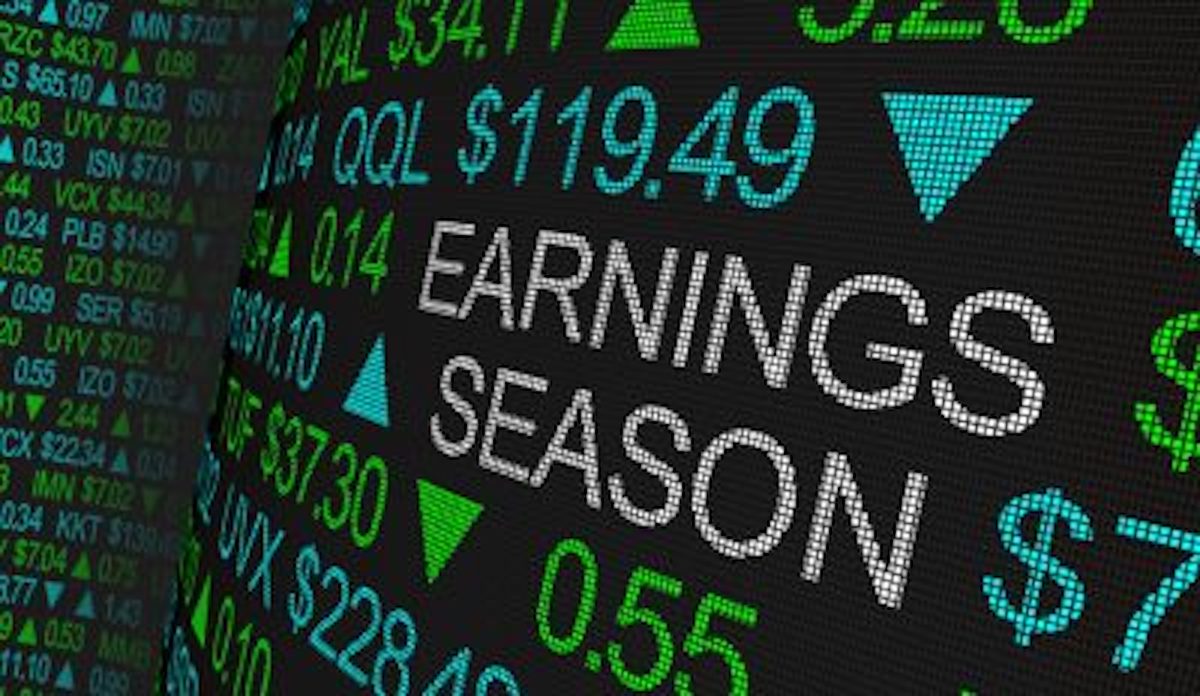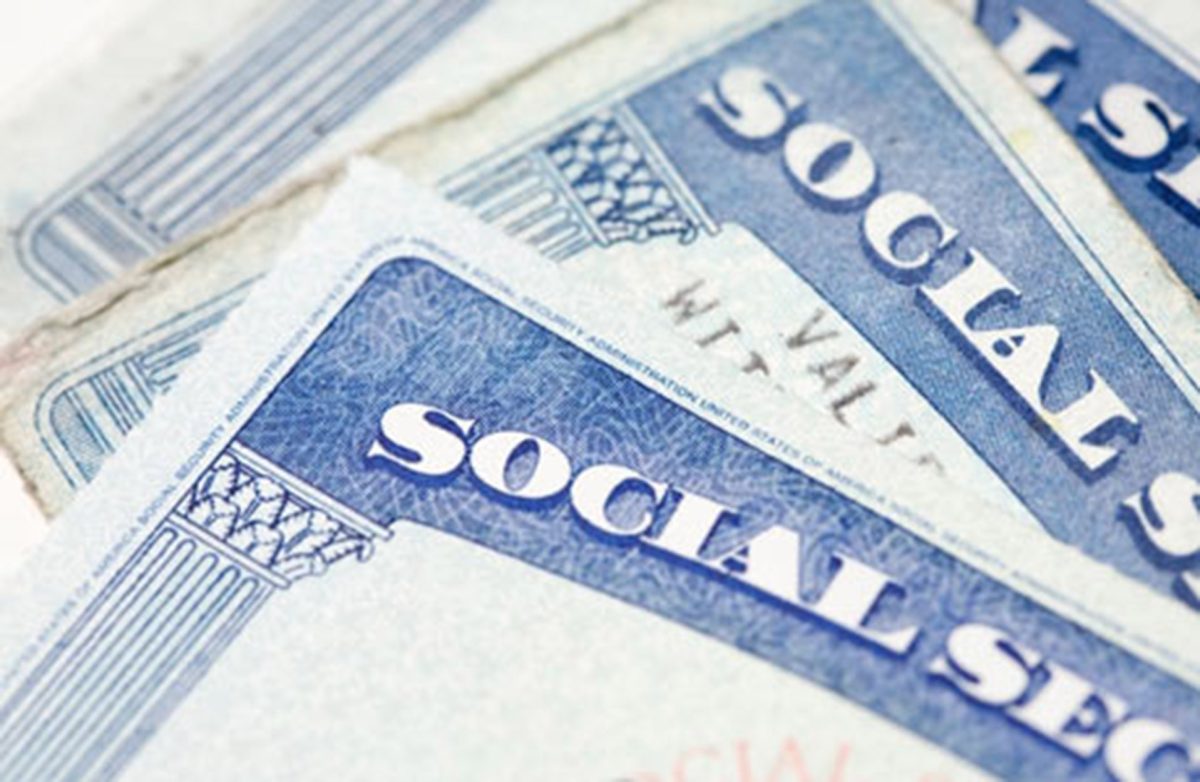“Bond vigilantes” figure “no matter which party wins the White House and the Congress, fiscal policies will bloat the budget deficit and heat up inflation,” Wall Street veteran Ed Yardeni warns.
Whether it’s refining your business model, mastering new technologies, or discovering strategies to capitalize on the next market surge, Inman Connect New York will prepare you to take bold steps forward. The Next Chapter is about to begin. Be part of it. Join us and thousands of real estate leaders Jan. 22-24, 2025.
Mortgage rates hit the psychologically significant level of 7 percent Monday as “bond vigilantes” continue to demand higher yields over worries about growing government debt and the prospect that inflation is not under control.
Long-term rates have been on the rise since Sept. 18, when Federal Reserve policymakers announced they would slash short-term rates by half a percentage point but be more cautious about the pace of future rate cuts.
Bond market investors who fund government debt and most mortgages have also been driving rates up because as the Nov. 5 election approaches, they’re concerned neither party has put forward a plan for tackling the $34.8 trillion national debt, Wall Street veteran Ed Yardeni told Bloomberg Television Monday.
Yardeni, the founder and President of Yardeni Research, is credited with coming up with the term “bond vigilantes” back in the 1980s, when investors were shunning bonds as inflation raged.
“It’s a conceivable scenario that the bond vigilantes are definitely mounting up,” Yardeni said Monday. “There’s no discussion by either candidate about doing anything to reduce the deficit to deal with the debt, to deal with the exploding net interest expense of the government.”
Whoever takes office in January, he noted, will be looking at annual interest payments on the national debt of more than $1 trillion.
Mortgage rates surging
Since hitting a 2024 low of 6.03 percent on Sept. 17, rates on 30-year fixed-rate loans have been on a steady climb, hitting 6.69 percent on Friday, according to rate lock data tracked by Optimal Blue.
Although Optimal Blue data lags by a day, 10-year Treasury yields — a useful barometer for where mortgage rates are headed next — climbed 7 basis points Monday, touching 4.30 percent at one point. That’s the highest level since July, according to rates tracked by Yahoo Finance.
An index maintained by Mortgage News Daily (MND) showed rates for 30-year fixed-rate loans climbed 10 basis points Monday, to 7.00 percent.
While Optimal Blue tracks contracted rates — including those locked in by borrowers who pay points to get a lower rate — MND makes an adjustment to estimate the effective rate borrowers would be offered even if they’re not paying points.
That means the mortgage rates reported by MND tend to be higher than Optimal Blue’s, but the trends tracked by MND align well with other rate indexes over time, including Freddie Mac’s widely followed Primary Mortgage Market Survey.
Long-term rates have been headed up because investors must consider the possibility that the 50-basis point rate cut the Fed approved last “might heat up a warm economy,” Yardeni and Eric Wallerstein wrote on Sept 22.
Now it looks like bond vigilantes have “started voting early,” Yardeni and Wallerstein say — and may be “voting against Washington, figuring that no matter which party wins the White House and the Congress, fiscal policies will bloat the already bloated federal government budget deficit and heat up inflation.”
Where’s the top?
Whether mortgage rates continue to head up depends on data on the economy and inflation to be released ahead of next month’s Fed meeting.
The Commerce Department will release its advance estimate of third quarter gross domestic product (GDP) growth on Wednesday.
Economists at Pantheon Macroeconomics think GDP grew by 3.5 percent during the third quarter, up from 3 percent in Q2 — “underpinned by another solid increase in consumers’ spending.”
But growth “probably will slow sharply over the next few quarters, as households start to tire,” Pantheon economists said in their latest U.S. Economic Monitor.
The Federal Reserve’s preferred measure of inflation, the Personal Consumption Expenditures (PCE) index, showed inflation descending toward the Fed’s 2 percent goal in August, falling to 2.24 percent.
The PCE index for September will be published Oct. 31 — and could provide some relief for mortgage rates if it shows inflation continues to wane.
Next on deck will be the Federal Reserve’s November meeting, which will wrap up on Nov. 7 — the day after the election.
Futures markets tracked by the CME FedWatch tool show investors continue to expect the Fed to cut short-term rates by a quarter percentage point next month.
On Monday, futures markets were pricing in only a 4 percent chance that the Fed will hold rates steady next month, down from 13 percent on Oct. 21.
Economists still expect rates to ease

Source: Fannie Mae and Mortgage Bankers Association forecasts, October 2024.
In an Oct. 10 forecast, Fannie Mae forecasters predicted rates on 30-year fixed-rate mortgages would drop below 6 percent in the first quarter of 2025 and continue falling to an average of 5.6 percent in Q3 and Q4. But the rise in rates since that forecast was made creates “upside risk” to the mortgage giant’s mortgage rate and home sales projections, Fannie Mae economists said.
Economists at the Mortgage Bankers Association forecast on Oct. 27 that mortgage rates won’t drop below 6 percent until the second half of next year.
Get Inman’s Mortgage Brief Newsletter delivered right to your inbox. A weekly roundup of all the biggest news in the world of mortgages and closings delivered every Wednesday. Click here to subscribe.



















 English (US) ·
English (US) ·